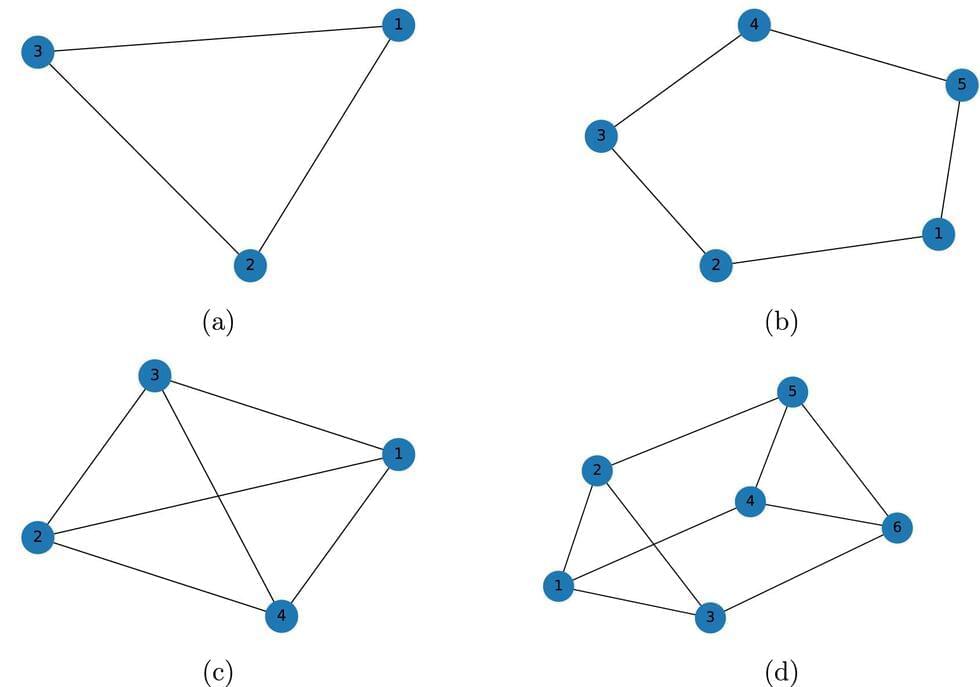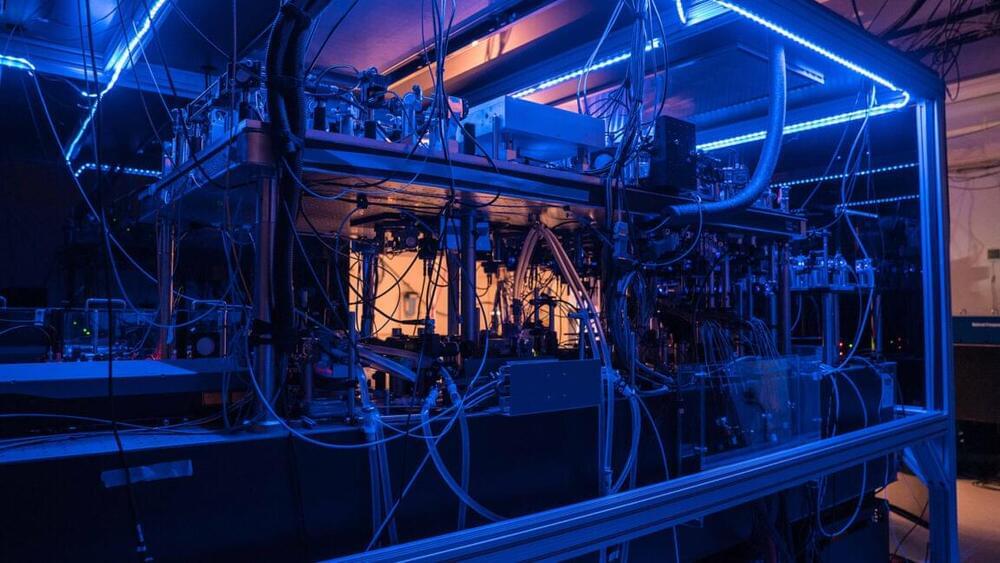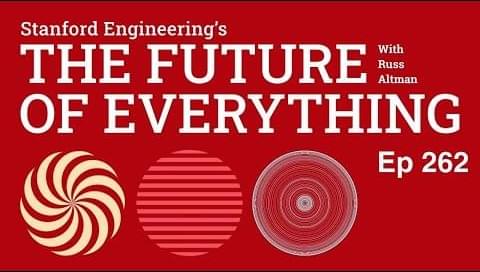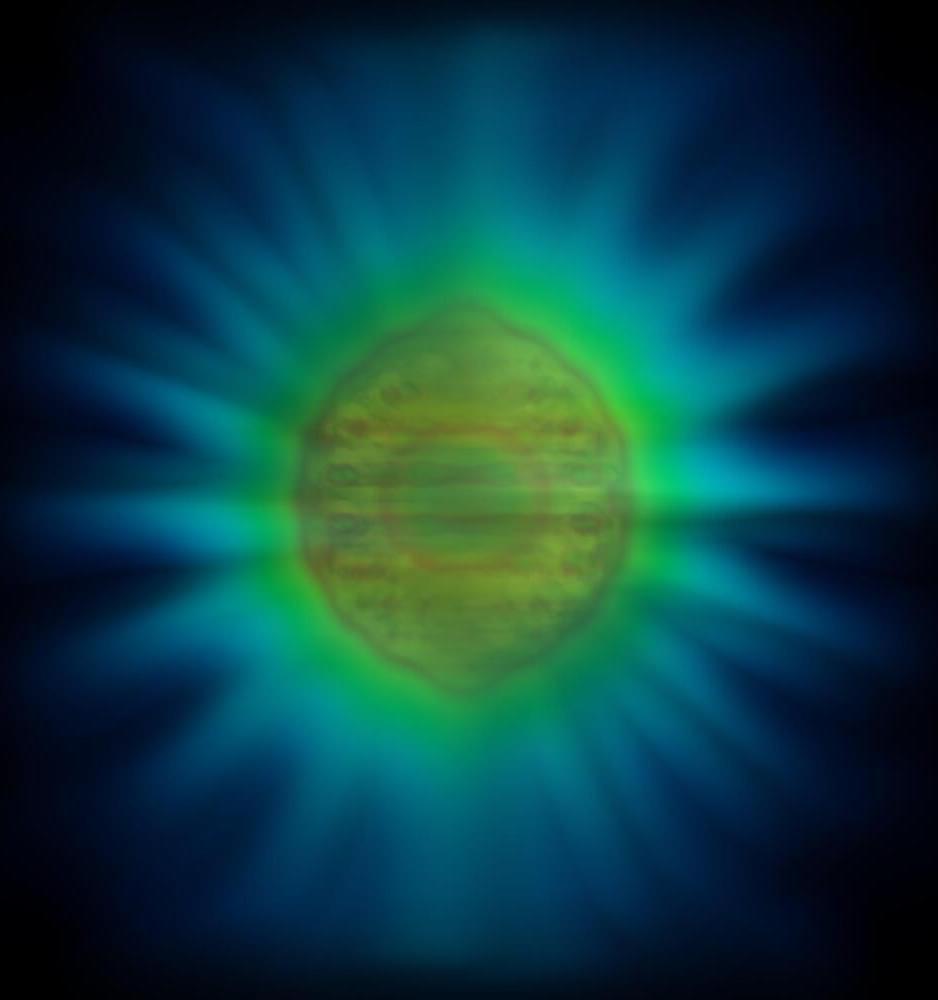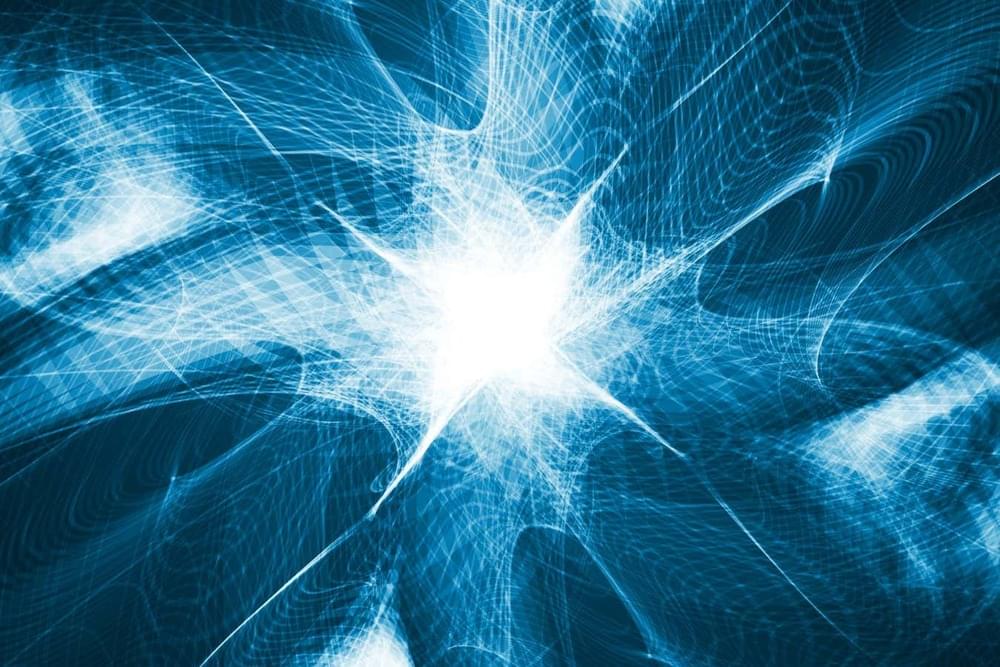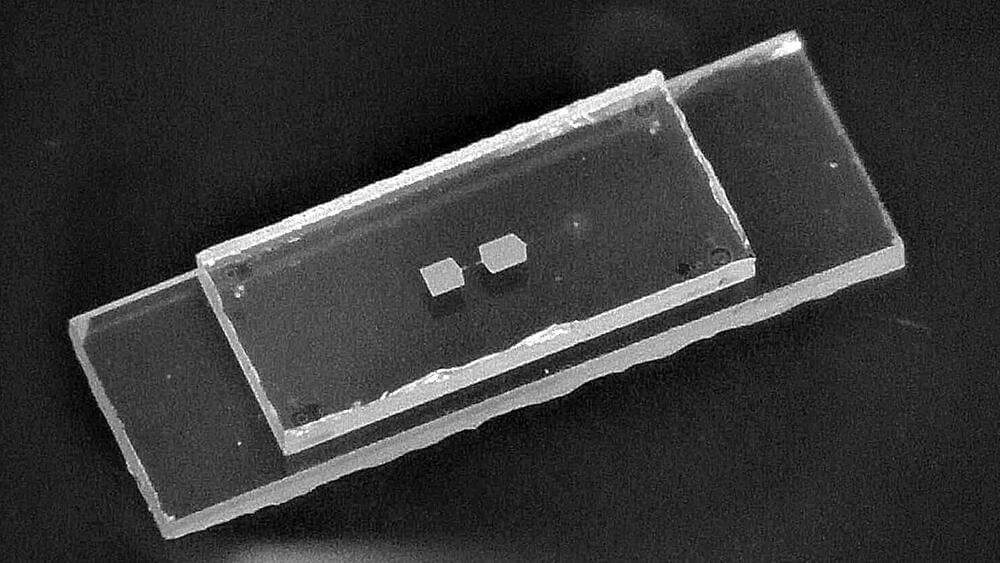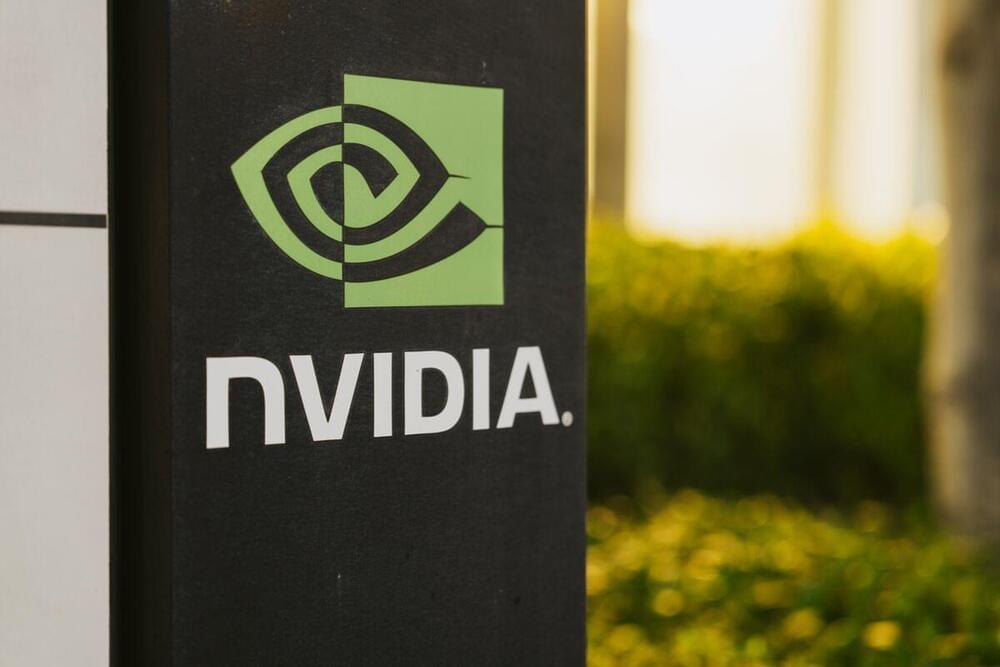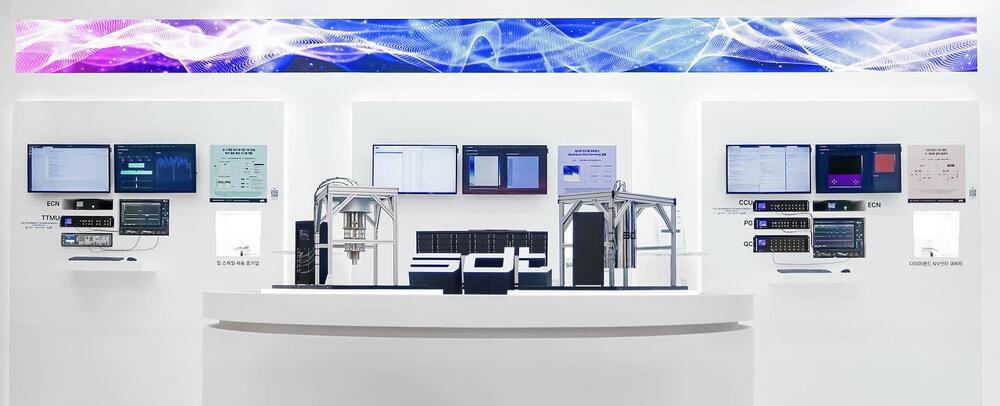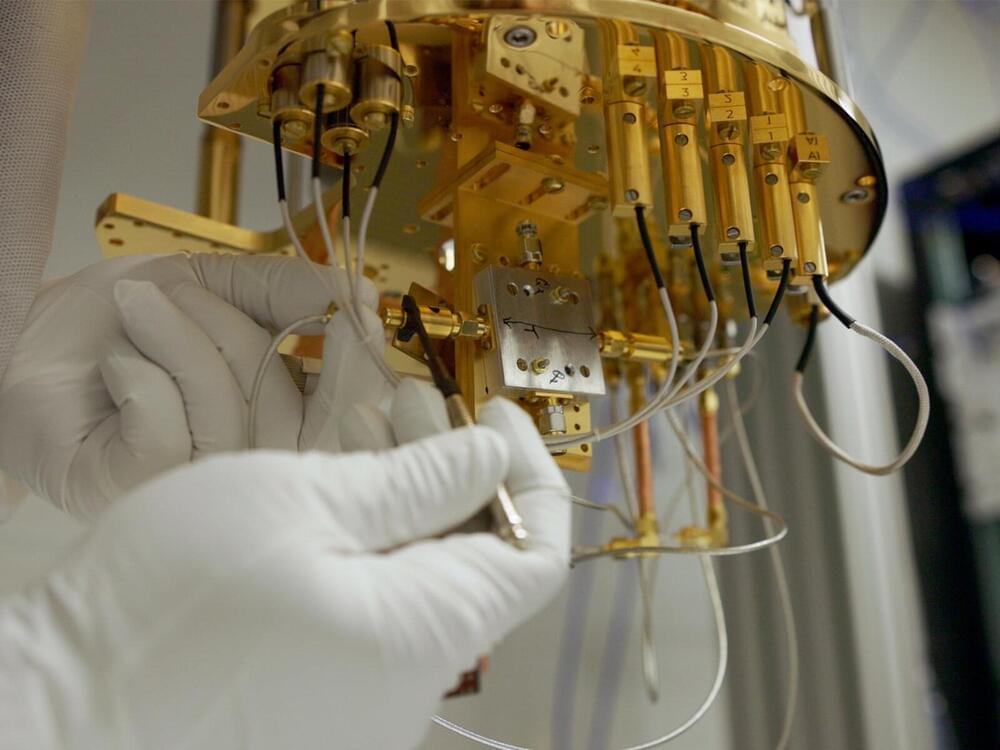Nov 20, 2024
Time may be an illusion, new study finds
Posted by Paul Battista in categories: particle physics, quantum physics
Researchers propose that time is a result of quantum entanglement, the mysterious connection between particles separated by vast distances. Their findings, published in the journal Physical Review A, could offer a clue to solving the problem of time.
“There exists a way to introduce time which is consistent with both classical laws and quantum laws, and is a manifestation of entanglement,” explained Alessandro Coppo, a physicist at the National Research Council of Italy and the study’s lead author. “The correlation between the clock and the system creates the emergence of time, a fundamental ingredient in our lives.”
In quantum mechanics, time is a fixed phenomenon, an unchanging flow from past to present. It remains external to the ever-changing quantum systems it measures and can only be observed through changes in external entities, like the hands of a clock.

